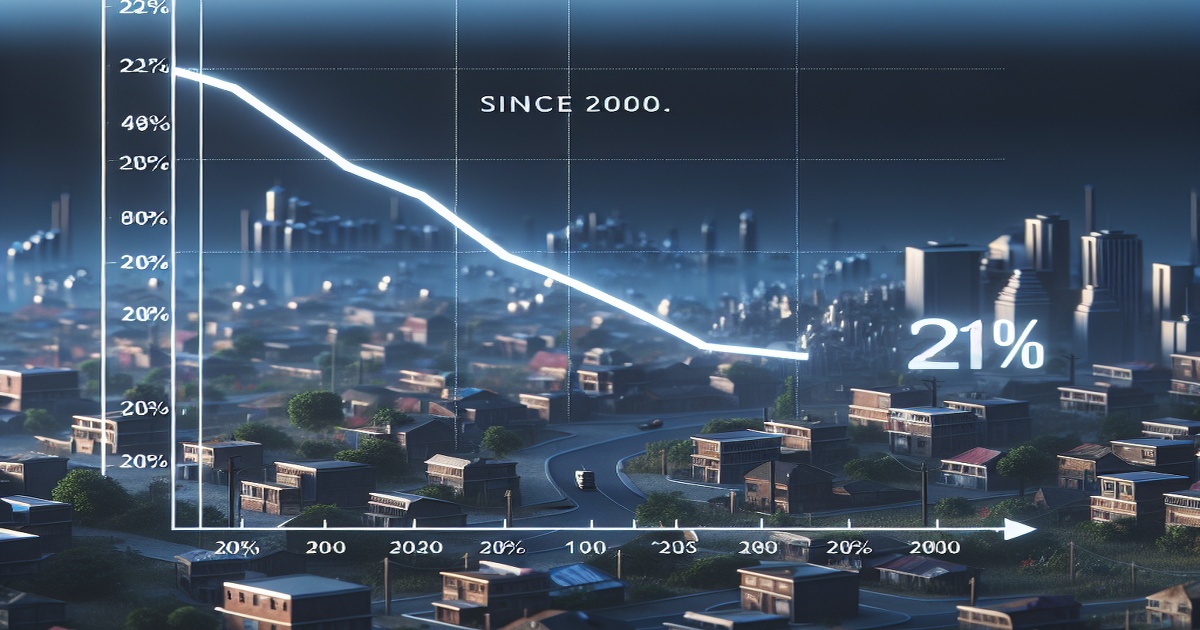Butterflies Disappearing from U.S. Landscapes at Alarming Rate
Butterflies, the vibrant and essential pollinators, are vanishing from U.S. landscapes at a concerning rate. A recent study published in the journal Science revealed that 22% of butterfly species in the United States disappeared between 2000 and 2020. This alarming decline serves as a stark reminder of the potential future of these cherished insects.
"Losing one out of every five butterflies over 20 years should be a big wake-up call to people. These declines are not stopping."
The study, funded by the U.S. Geological Survey, integrated data from over 12.6 million butterflies across 342 species, drawing from 76,000 surveys across 35 nationwide monitoring programs. This comprehensive approach revealed that 33% of butterfly species have experienced significant population declines over the past two decades.
One of the most striking examples is the monarch butterfly. Its eastern population has declined by about 80%, and the western population has dropped by more than 95% since the 1980s. In December 2024, the U.S. Fish and Wildlife Service proposed listing the monarch under the Endangered Species Act.
The butterfly decline is part of a larger global trend of insect population loss, with insects declining by about 1-2% annually. This decline has far-reaching impacts on plant reproduction and the health of ecosystems.
Habitat loss, climate change, and pesticide use are identified as the primary drivers of butterfly decline. Rising temperatures and changing climates disrupt breeding cycles, reduce food sources, and increase habitat stress. Insecticides, in particular, have been identified as a leading cause of decline.
Despite the alarming trends, individuals can take steps to help butterfly populations recover. Dr. Grames recommends allowing a portion of yards to grow wild with native plants, reducing pesticide use, and creating habitat spaces like small brush piles for insects.
On a larger scale, conservation efforts, including habitat preservation and climate adaptation strategies, are essential to protecting vulnerable species and ensuring butterfly populations remain resilient in the face of ongoing environmental changes.







7 Comments
Manolo Noriega
This is a reminder of the interconnectedness of nature. We need to protect all species, including butterflies, to ensure a healthy ecosystem.
Fuerza
This is a responsibility. We need to protect the butterflies for future generations.
Manolo Noriega
This is important information. We need to raise awareness about the butterfly decline.
Ongania
This is a chance to make a difference. We can all take steps to help butterfly populations recover.
Manolo Noriega
This is a chance to inspire others to take action. We can all make a difference in protecting our planet.
Rotfront
This is a warning. We need to listen and take action before it's too late.
Katchuka
This is a disaster. We need to do everything we can to save these creatures.